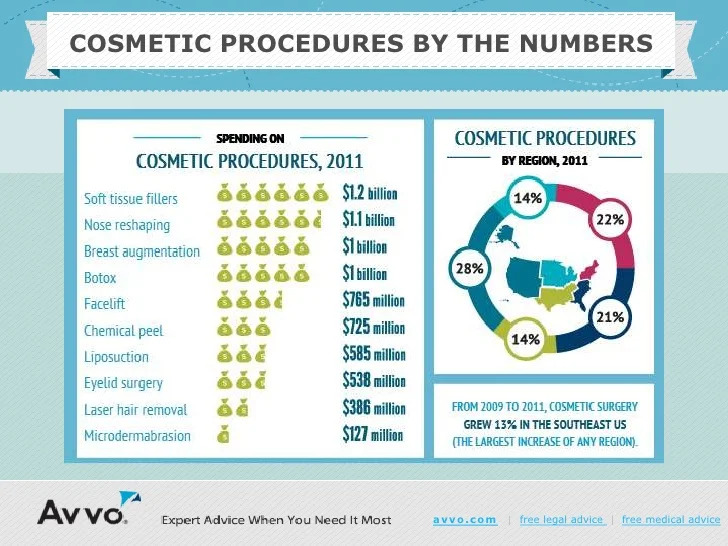Best Facial Oils For Acne Prone Skin
Best Facial Oils For Acne Prone Skin
Blog Article
Acne Marks and Post-Acne Treatment
Acne scars and dark marks can remain also after the acne itself has gotten rid of. However there are many all-natural, non-prescription and medical treatments that can lower their appearance.
Ice pick marks are little imprints that look like pinpricks; rolling marks have a wave-like look and shallow depth; boxcar scars have clear edges; hypertrophic scars are raised bumps. Treatments include skin needling, where your doctor rolls a needle-studded device over the skin; and surgical excision, when a healthcare professional cuts out deep scars.
1. Exfoliate
Acne scars discolor best when they aren't covered with dead skin cells. Peeling gets rid of the build-up and permits fresh skin cells to find to the surface area. It likewise makes acne scars less visible.
A skin specialist can advise exfoliation methods for your specific skin type. Dry skin may benefit from peeling with scrubs or various other mechanical approaches, while oily skin might require a chemical peel. Those with darker complexion need to be cautious utilizing stronger chemical treatments, as they can cause dark spots and sensitivity.
If you have acne marks, stay clear of choosing or pressing at them, which can make them worse. Inflammation caused by irritation increases the chance of scarring. Selecting can leave ice-pick marks, which are narrow indentations with a point at the end. You can additionally obtain boxcar marks, which are imprints with larger edges. You can additionally create hypertrophic or keloid scars. These are raised bumps of scar cells that can be scratchy and agonizing.
2. Moisturize
After completing your acne therapy, maintaining skin clear and healthy requires a consistent skin care regimen that safeguards from breakouts and lowers post-acne marks. This consists of a mild cleanser and moisturizer, non-comedogenic products that do not block pores, and avoiding foods that aggravate skin or trigger acne flare-ups.
Making use of a lightweight, non-comedogenic moisturizer with active ingredients like hyaluronic acid and glycerin can aid moisturize skin while also boosting skin appearance and promoting healing. Try to find a product that is formulated without scent or parabens.
A product that targets lingering acne marks with ingredients such as skin-brightening tranexamic acid and bakuchiol can boost dark areas or uneven tone caused by swelling. It carefully resurfaces the complexion while smoothing harsh and distinctive areas. An item that integrates a retinoid and a plant-based retinol alternative can additionally enhance the appearance of much deeper marks while at the same time targeting existing imperfections and stopping future breakouts.
3. Hide
When your acne scars recover, you can hide them with make-up and a concealer. Simply make sure you're just applying the item over marks that are fully recovered (not fresh ones), says Sotomayor. After that, finish your appearance with a strong lip color or declaration smoky eye shadow for optimal impact.
When it pertains to selecting a structure or tinted cream, it is very important to choose one that is noncomedogenic and oil-free. This will certainly aid maintain your skin clear and prevent the obstructing of pores that can result in new breakouts.
The same goes with choosing a concealer. Look for a formula that supplies full insurance coverage however still feels light-weight and blendable on the skin. Also, when hiding imprints from acne scars, it's an excellent idea to locate a shade that matches your natural complexion (instead of a color lighter or darker). This will aid conceal the indents more effectively. This beneficial balm is an excellent choice for brightening and lightening post-inflammatory hyperpigmentation, which can be brought on by acne or other inflammatory skin disease. It contains moisturizing panthenol, softening shea butter and strengthening peptides that lower redness and flaky texture.
4. See Your Skin doctor
The scars that develop from extreme acne typically call for treatment by a medical professional or skin specialist. Prior to that can occur, however, a client has to have their acne under control. This consists of not selecting or squeezing acne places, and using mild cleansers and water-based non-comedogenic items that won't obstruct pores.
If drugstore cleansers and area therapies aren't clearing your skin, routine a consultation with a dermatologist. The skin specialist can advise other therapies that aid clear your skin without drying it out or annoying it.
A skin doctor can likewise deal with other type of post-acne marks, consisting of dark places that are a skin care with deinoxanthin type of hyperpigmentation called PIH (post-inflammatory hyperpigmentation). A topical retinoid like adapalene can visibly lighten these marks and discolor them quickly. For other sorts of scars, the physician can recommend an extra intensive treatment. This can consist of microdermabrasion or chemical peels that are done right in the workplace. Relying on the severity of your scars, these treatments might require to be repeated.